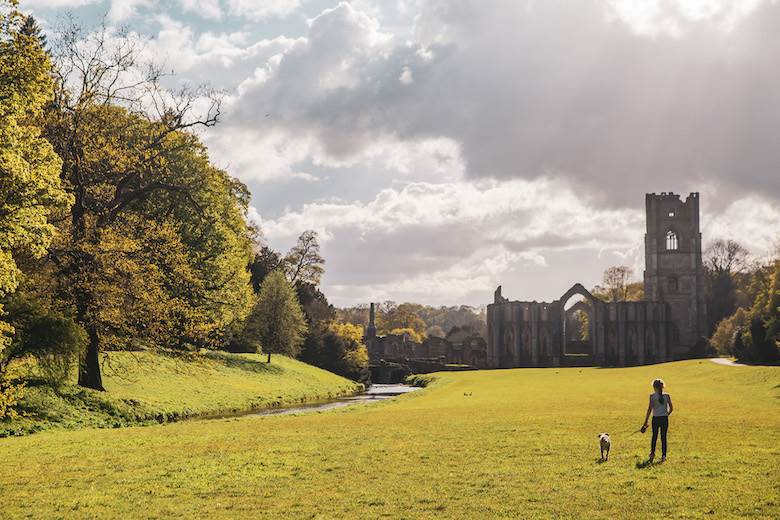Archaeologists discover industrial-scale tannery at monastic site

Researchers working at the site of a former monastery in Yorkshire have uncovered an industrial scale tannery at the site.
Fountains Abbey was a large monastery that Cistercian monks built just outside the city of Ripon in 1132. It flourished for more than 400 years before Henry VIII dissolved monasteries in England, Wales and Ireland.
The ruins of the monastery are substantial and the site is popular with tourists. It has been the subject of substantial archaeological study for centuries but it took until now to discover, through the use of ground-penetrating radar, a tannery at the site.
Archaeologists from the University of Bradford used the technology to examine two substantial stone buildings on the east side of the Fountains Abbey precinct, close to the River Skell. They measured these buildings as being 16 metres wide, with one of them at least 32 metres long and more than a single storey in height. On further inspection, they found that there were lined pits, tanks and other structures around them.
Heritage conservation body the National Trust has said this is the largest tannery it has ever identified at a monastic site.
National Trust archaeologist, Mark Newman, explained: “A tannery of this size, spanning such a large area of the site, reveals an operation on an industrial scale, meeting the needs for leather and other processed animal skins for the hundreds of people in the growing monastic community. Its scale also reflects an aspect of the productivity of the huge herds the abbey acquired and managed.”











